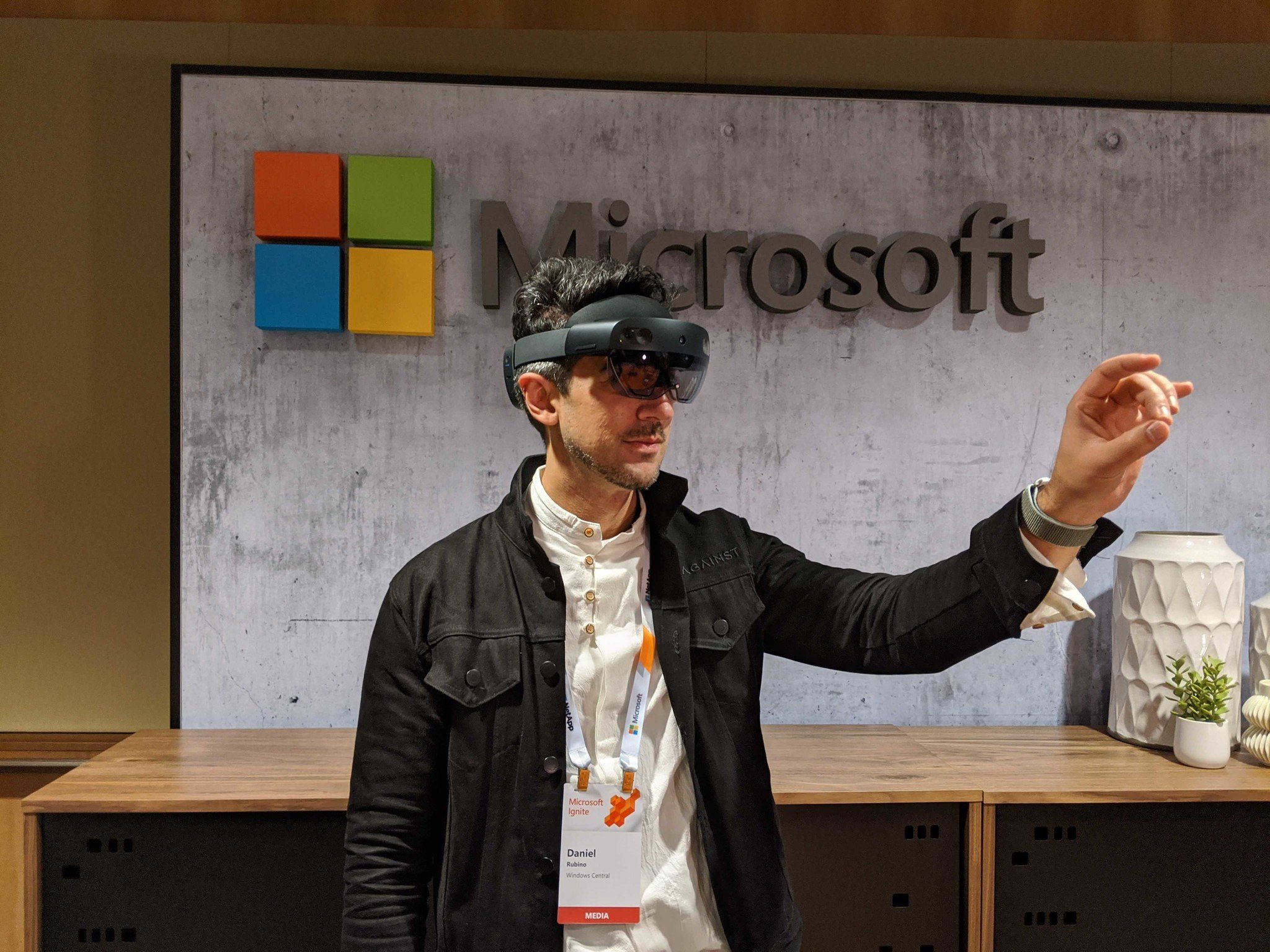Research mode on the HoloLens 2 will give access to even more data than on the original HoloLens.
What you need to know
- Research mode for the HoloLens 2 should be available in preview in July 2020.
- Research mode allows you to collect data from the HoloLens from its light tracking cameras, depth cameras, and depth sensors.
- Research mode on the HoloLens 2 will also grant access to the headset's accelerometer, gyroscope, and magnetometer.
Research mode for the HoloLens 2 should be available in preview in July 2020, granting access to even more data than research mode on the original HoloLens. Microsoft's Alex Kipman shared a reminder of the upcoming feature on Twitter. Microsoft's HoloLens 2 has a plethora of sensors that can be used by applications in augmented reality. The device uses these sensors to perform tasks such as tracking walls and obstacles and anchoring objects in a mixed reality space. Research mode grants access to data from these sensors and is intended for research applications.
The original HoloLens has a research mode that grants access to data from the following sensors, as outlined in a Microsoft doc:
- Visible Light Environment Tracking Cameras - Used by the system for head tracking and map building.
- Depth Camera – Operates in two modes:
- Short-throw, high-frequency (30 FPS) near-depth sensing used for Hand Tracking
- Long-throw, low-frequency (1-5 FPS) far-depth sensing used by Spatial Mapping
- Two versions of the IR-reflectivity stream - Used by the HoloLens to compute depth. These images are illuminated by infrared and unaffected by ambient visible light.
Research mode on the HoloLens 2 grants access to data from more inputs. In addition to the inputs available on the original HoloLens, Research mode on the HoloLens 2 can collect data from the following sensors, as explained by Microsoft:
- Accelerometer – Used by the system to determine linear acceleration along the X, Y and Z axes and gravity.
- Gyro – Used by the system to determine rotations.
- Magnetometer – Used by the system to estimate absolute orientation.
Research mode can be used by academic and industrial researchers to test out ideas in the field of computer vision and robotics. Microsoft emphasizes that it's not intended for applications that will be deployed in enterprise environments or through the Microsoft Store.
Microsoft's doc breaks down how to use research mode, what it can do, and how it affects security and performance of the headset.








0 comments:
Post a Comment